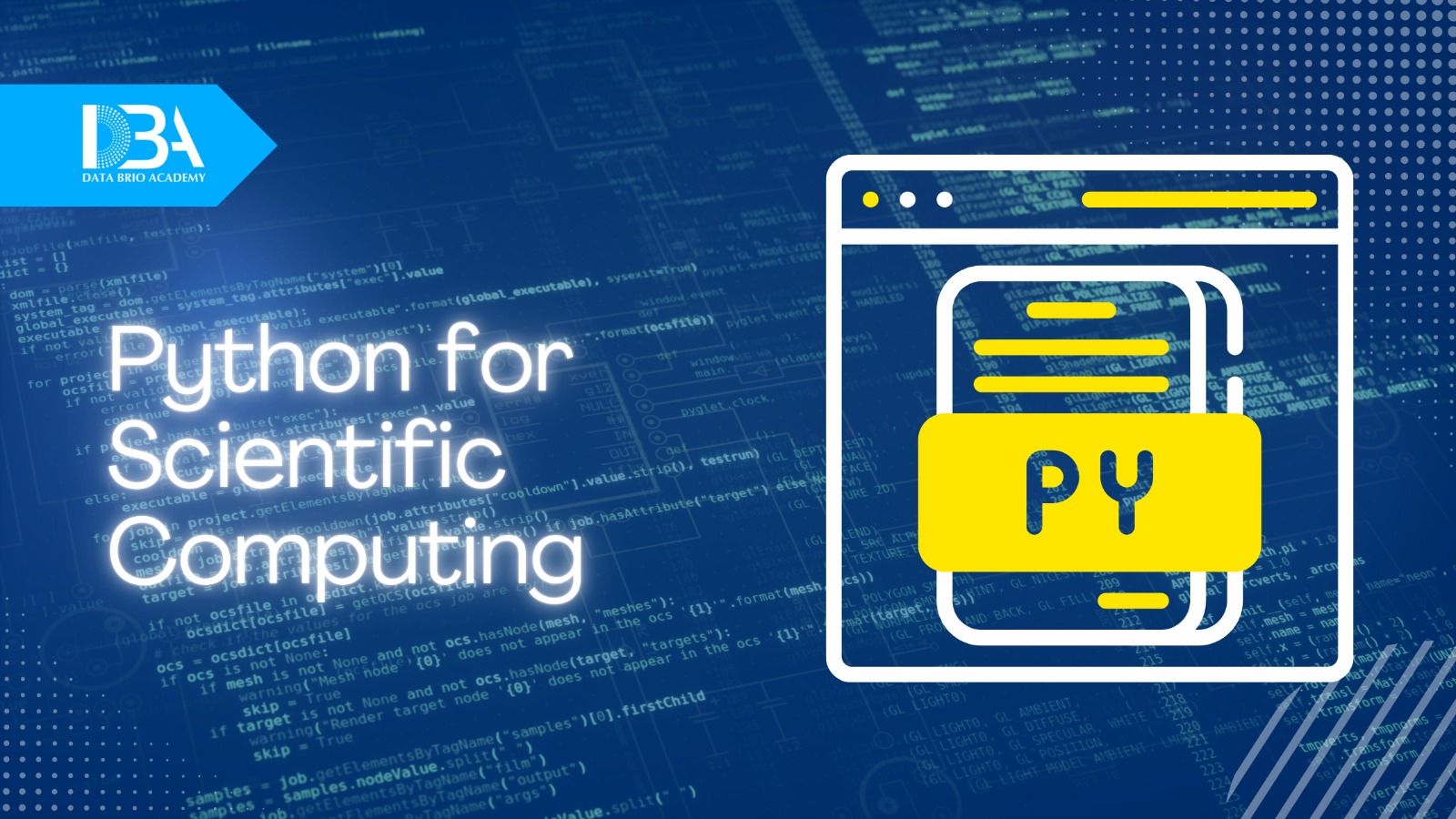The most popular programming language for scientific computing today is Python. The truth is that Python is simple, versatile, and supports extensive libraries in comparison with other programming languages. This makes it so easy and versatile that researchers, data analysts, scientists, and other professionals today utilize it to discuss physics, biology, or astronomy.
As data has become the new oil, data science has become a crucial method for developing accurate outcomes. Python has become the go-to language for data scientists due to its flexibility, easy-to-use approach, and extensive collections of libraries for various operations.
Why is Python Ideal for Scientific Computing?
The popularity of Python in scientific computing occurs due to the flexibility and versatility it possesses.
- Readability: The Python syntax is simple, easy to understand and reduces the effort behind learning for scientists with any formal background in programming.
- Clear Code: Scientific computing should be bug-free and reproducible; therefore the code should be understandable. This kind of coding is not impossible if Python can allow scientists to spend more time solving a problem rather than getting tangled with thorny syntax.
- Good Documentation: Online documentation and strong communities available for Python make it easier to debug and learn.
- Large Libraries and Utilities: Another reason people are attracted to Python is the rich set of libraries designed specifically for scientific computing. Some of the popular Python libraries used for computing are NumPy, SciPy, Matplotlib, Pandas, SymPy, etc.
Applications of Python in Scientific Computing
Python is applied in various scientific disciplines to carry out vast computing tasks. Let’s see how Python is powering some of the most vital scientific research areas.
- Data Preprocessing: Scientists apply Python for cleaning and preprocessing data before being analyzed. Libraries like Pandas and NumPy make large datasets easier to work with by making it easier to modify data.
- Data Visualization: Python’s libraries, such as Matplotlib and Seaborn, give the capability to visually represent data in meaningful ways. From simple line graphs to complex 3D plots, you will find these tools perfect for data visualization.
- Statistical Analysis: Libraries like SciPy and Statsmodels make Python a goldmine for running different statistical tests, hypothesis testing, and regression models that can be so vital in some fields like biology, economics, and psychology.
- Machine Learning Models: Predictive models are used for various purposes in scientific research. For instance, using predictive models can be crucial in astronomy to recognize astral patterns or in physics to conduct calculations.
- Climate Modeling: Python libraries such as climt or climlab are used for writing and developing climate models. These models can run diagnostics about the Earth’s atmosphere and provide valuable outputs.
- Experimental Automation: From performing a simulation to processing experimental data or writing reports, Python is the preferred choice for any repeated task in scientific workflows.
Learn Data Science with Python Programming at Data Brio Academy
To successfully execute scientific computing at a professional level, you first need to master Python programming and its libraries. If you’re looking for a certified course to be industry-ready, we got you covered. At Data Brio Academy, our curriculum is focused on real-life use cases so that you gain valuable insights from our faculty team, which consists of world-class industry leaders and experts.
Our course of Python Programming in Kolkata will train you effectively with Capstone projects, 1:1 mentoring, and internships. You’ll gain basic as well as advanced knowledge of Python programming and its various applications.
Contact us to know more.
Ease of use and widespread support for a strong library make Python one of the best choices for scientific computing. From data analysis to complex simulations and automating tasks, Python provides a scientist with all the tools to solve intricate problems efficiently. Its presence within academia and industries has further cemented its status as the leading language for scientific research and computing.

